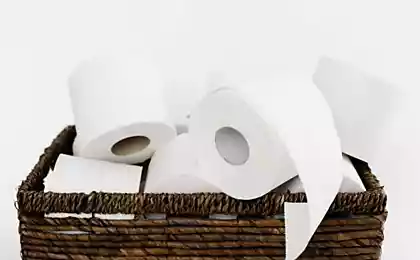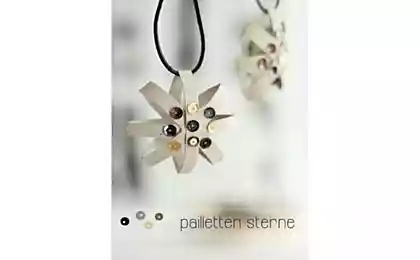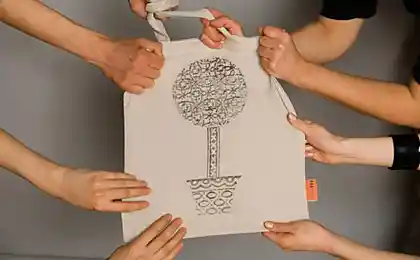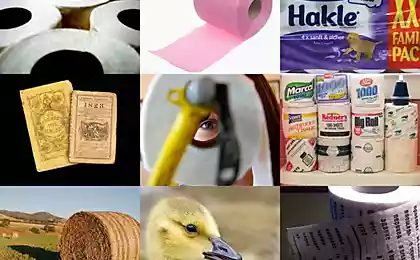231
Discussion on which side to hang a roll of toilet paper splits staff into 2 camps
Toilet paper is available in every home today. And life without this item of hygiene is simply impossible to imagine. It is not for nothing that it is the first to be swept off the shelves during cataclysms and natural disasters. As was the case, for example, during the panic of the coronavirus pandemic in 2020.

Meanwhile, the debate over which side to hang a roll of toilet paper has been going on for decades. To help you choose a side in this dispute, weigh the pros and cons of both options and listen to the opinions of scientists.
The first toilet paper in 1857 began to sell American Joseph Gaietti. It was sliced into square sheets and packed in packs. Paper rolls were produced 33 years later at the Arthur Scott Paper Company.
View this post on Instagram
Publication from the USSR Items Store (@cccpmagazin)
This bourgeois convenience entered the life of the Soviet people only in 1968. It was then that the production of toilet paper was mastered at the Xiaska Pulp and Paper Mill. Here only to buy scarce goods at first was possible only in the shops of Moscow and Leningrad. Therefore, the “necklace” of coveted rolls on a guest from the province has long served as a symbol of successful shopping.
Before the roll or behind it? From which end to break a boiled egg, on kvass or kefir to cook okroshka, with vinegar or sour cream there are dumplings ... All these questions can easily make yesterday’s friends irreconcilable opponents. And the toilet paper story is in the same row.
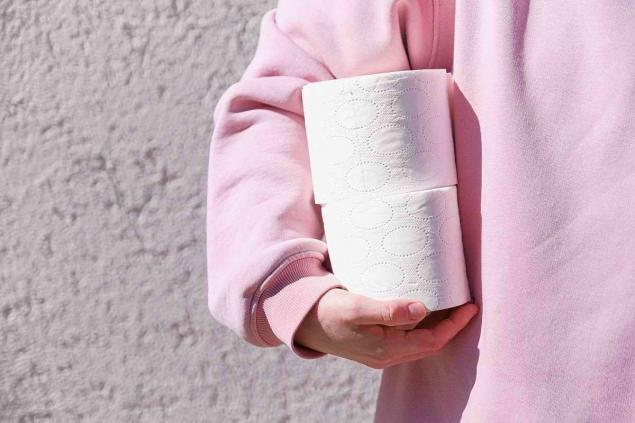
There are only two ways to hang paper: edge to wall or edge to yourself. Until recently, I didn’t see much difference between them. But it was worth asking friends, and it turned out that both options have ardent supporters. Some have admitted to changing the position of the paper if it doesn’t hang as they like. And some people do it even at a party.

“Paper hanging from the edge to the wall looks better,” some say. It is convenient and provides savings. In addition, pets and young children will find it more difficult to unwind the entire roll.

But the position of the paper in front of the roll also has advantages. That way, you're not gonna touch the wall with your fingers. So, they will not get infection and microbes. Paper is easier to rewind, and the place of its perforation is better seen.
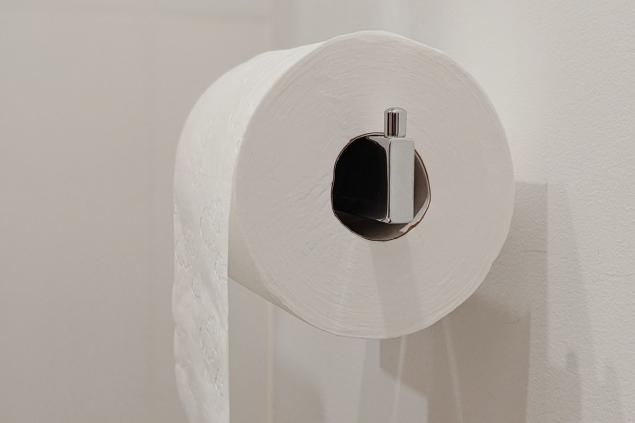
The arguments on both sides seem logical. But it turned out that the end of this dispute was put more than a hundred years ago. In the patent application for perforated roll paper, there is only one layout of the roll. On it, the free end of the paper is in front of the bushing. Support the patented version and scientists. It is safer and makes it harder to spread infections.
Even the most common things sometimes hide a lot of secrets. We use these familiar strangers every day, completely unaware that we are doing something wrong. Take, for example, a hanging toilet block for the toilet. Simple, it would seem, object, and attach it to the toilet is absolutely not difficult. However, some people say that all our lives we did it wrong.
The article and the preview used photos.

Meanwhile, the debate over which side to hang a roll of toilet paper has been going on for decades. To help you choose a side in this dispute, weigh the pros and cons of both options and listen to the opinions of scientists.
The first toilet paper in 1857 began to sell American Joseph Gaietti. It was sliced into square sheets and packed in packs. Paper rolls were produced 33 years later at the Arthur Scott Paper Company.
View this post on Instagram
Publication from the USSR Items Store (@cccpmagazin)
This bourgeois convenience entered the life of the Soviet people only in 1968. It was then that the production of toilet paper was mastered at the Xiaska Pulp and Paper Mill. Here only to buy scarce goods at first was possible only in the shops of Moscow and Leningrad. Therefore, the “necklace” of coveted rolls on a guest from the province has long served as a symbol of successful shopping.
Before the roll or behind it? From which end to break a boiled egg, on kvass or kefir to cook okroshka, with vinegar or sour cream there are dumplings ... All these questions can easily make yesterday’s friends irreconcilable opponents. And the toilet paper story is in the same row.

There are only two ways to hang paper: edge to wall or edge to yourself. Until recently, I didn’t see much difference between them. But it was worth asking friends, and it turned out that both options have ardent supporters. Some have admitted to changing the position of the paper if it doesn’t hang as they like. And some people do it even at a party.

“Paper hanging from the edge to the wall looks better,” some say. It is convenient and provides savings. In addition, pets and young children will find it more difficult to unwind the entire roll.

But the position of the paper in front of the roll also has advantages. That way, you're not gonna touch the wall with your fingers. So, they will not get infection and microbes. Paper is easier to rewind, and the place of its perforation is better seen.

The arguments on both sides seem logical. But it turned out that the end of this dispute was put more than a hundred years ago. In the patent application for perforated roll paper, there is only one layout of the roll. On it, the free end of the paper is in front of the bushing. Support the patented version and scientists. It is safer and makes it harder to spread infections.
Even the most common things sometimes hide a lot of secrets. We use these familiar strangers every day, completely unaware that we are doing something wrong. Take, for example, a hanging toilet block for the toilet. Simple, it would seem, object, and attach it to the toilet is absolutely not difficult. However, some people say that all our lives we did it wrong.
The article and the preview used photos.
I wanted May cucumbers, a proven summer resident brought seeds, I start planting according to the lunar calendar.
After a few months of respite, it’s time to get back to work, starting the season with the processing of the greenhouse.

